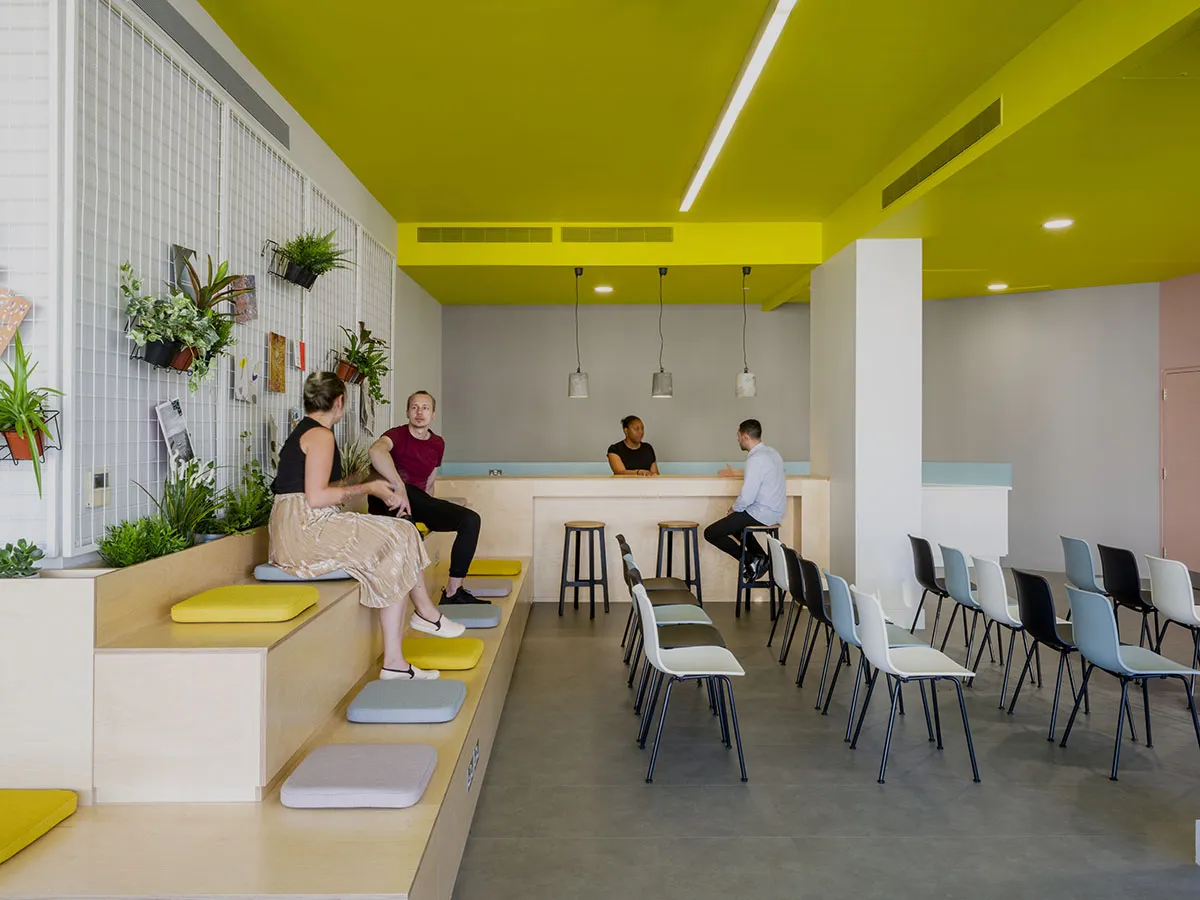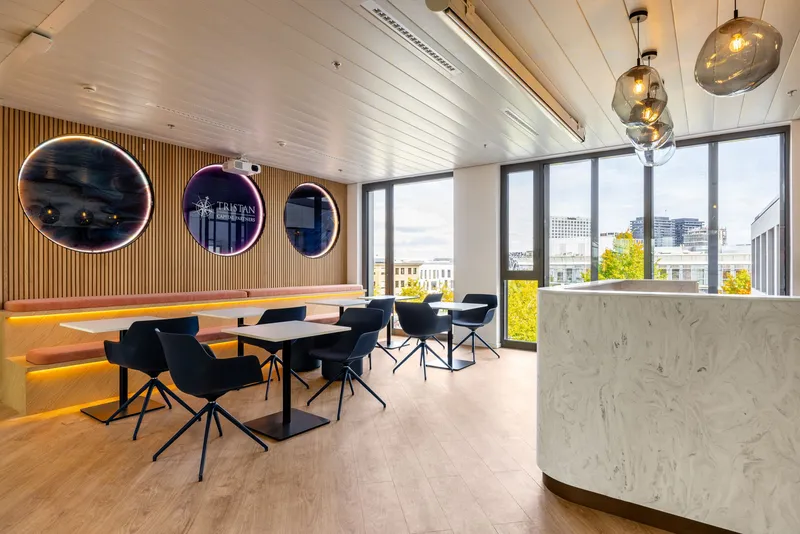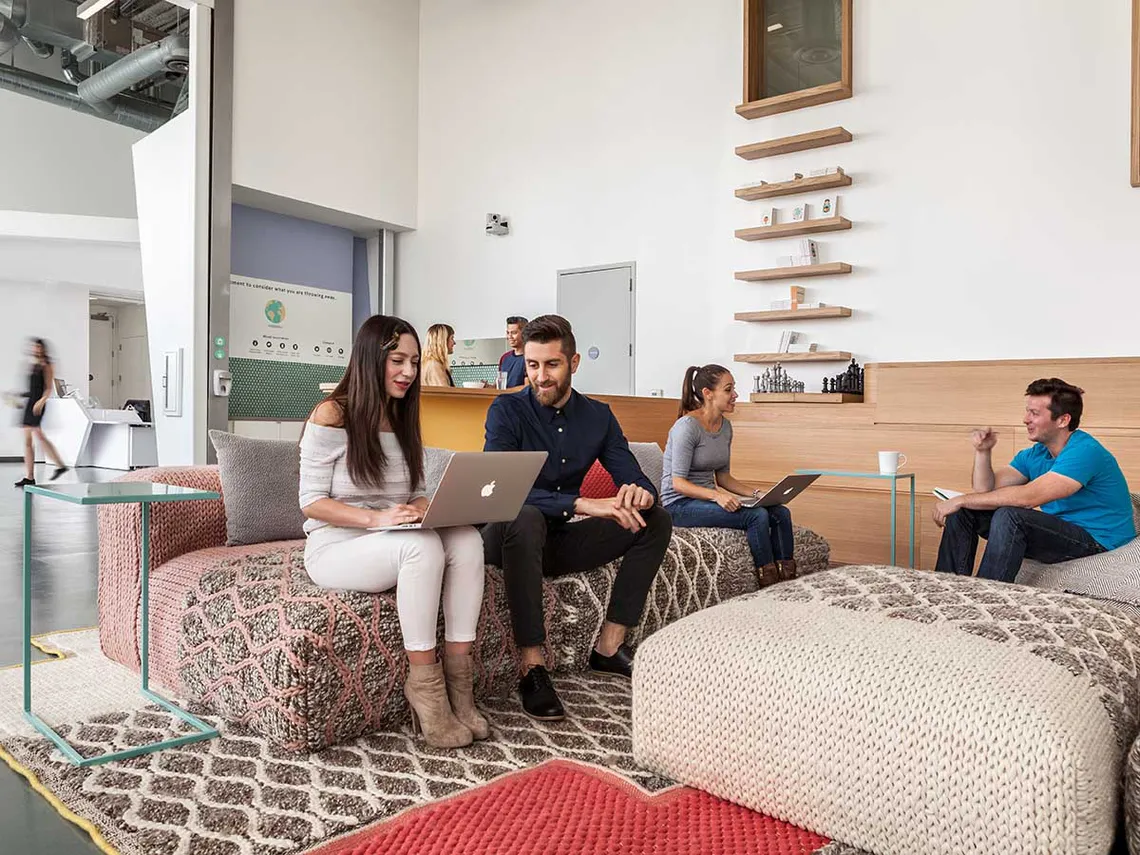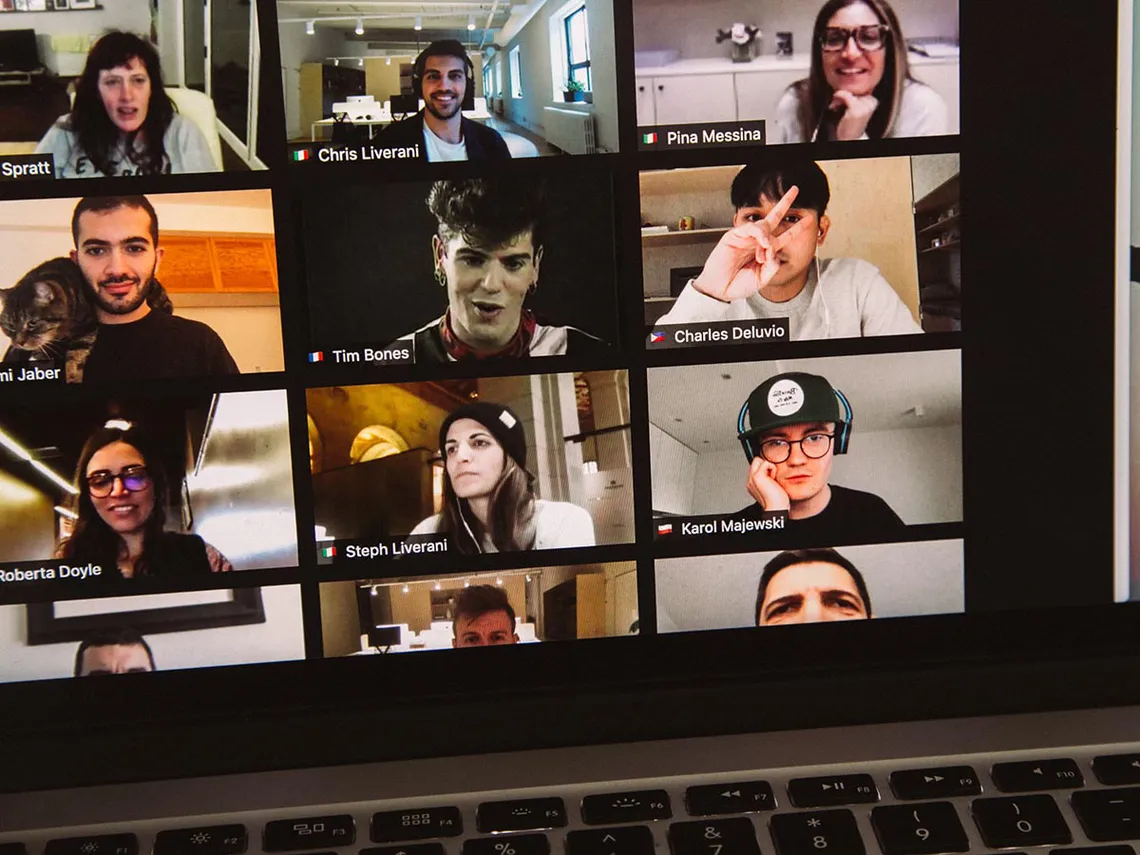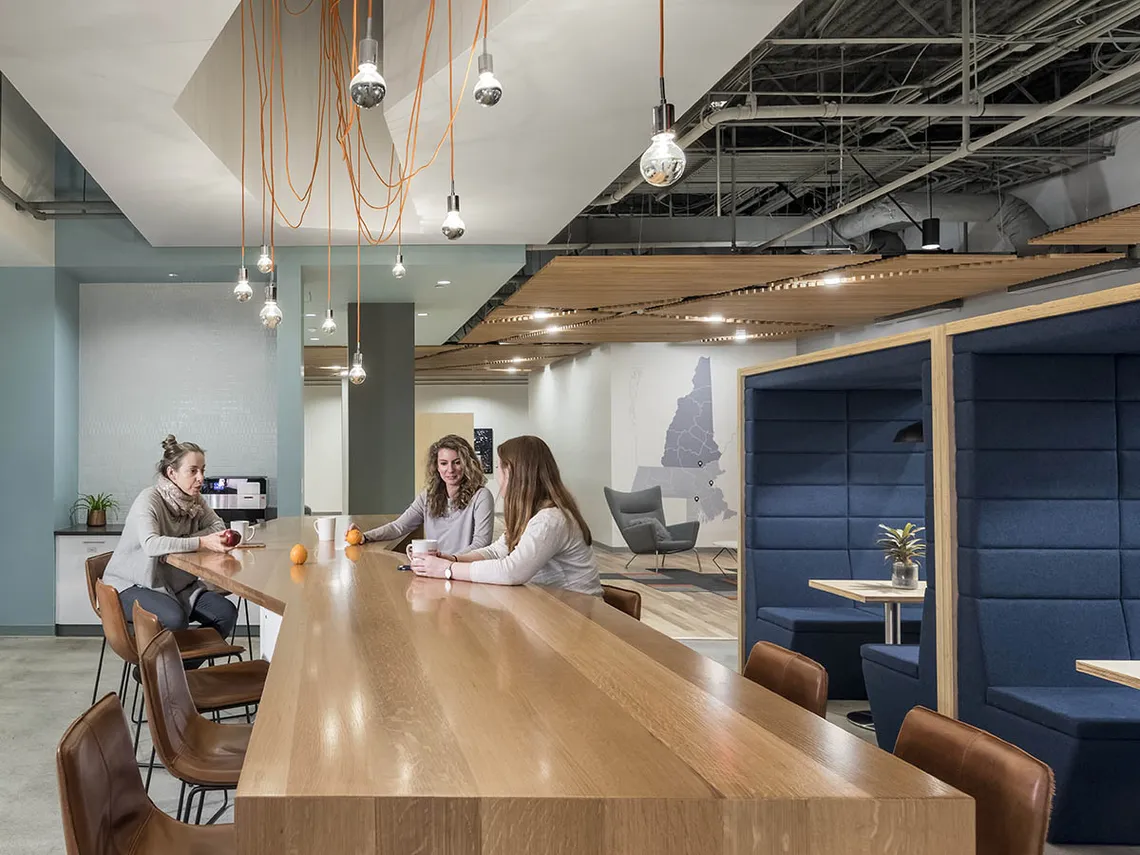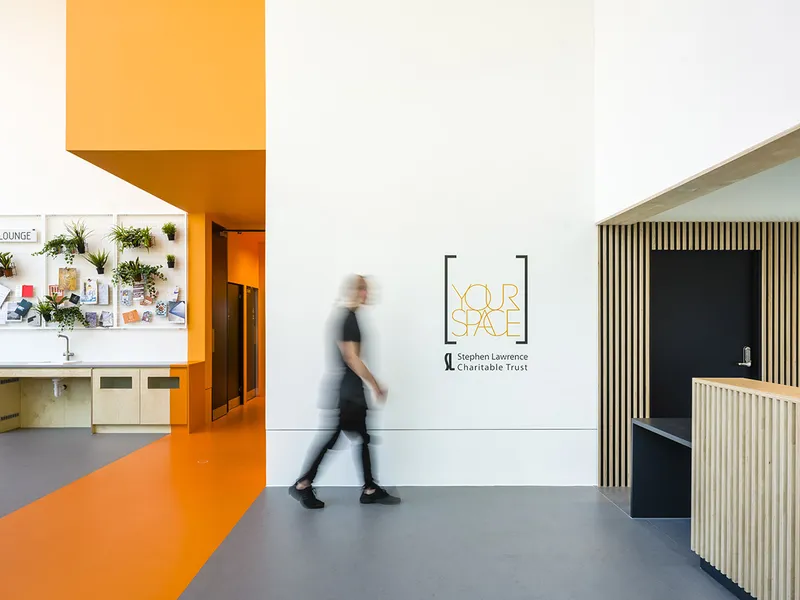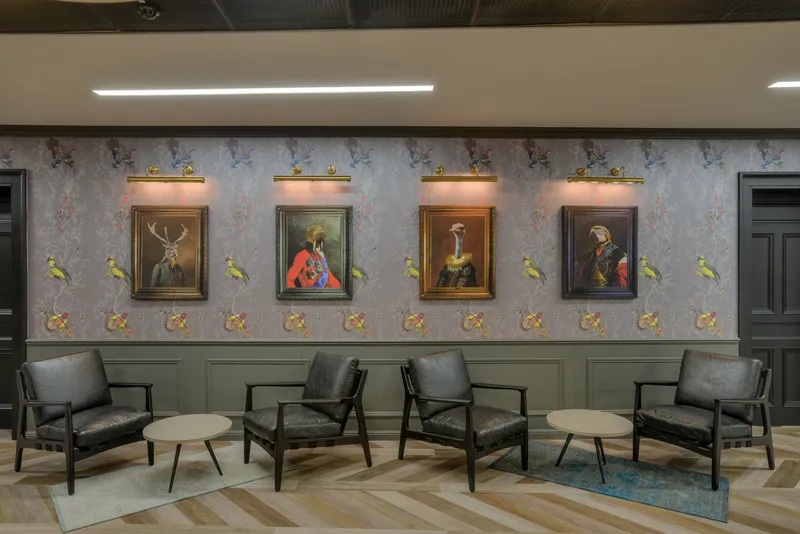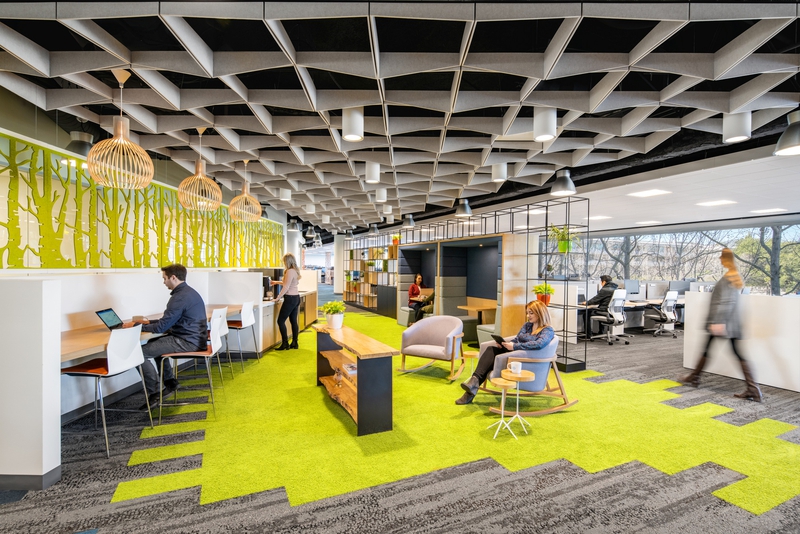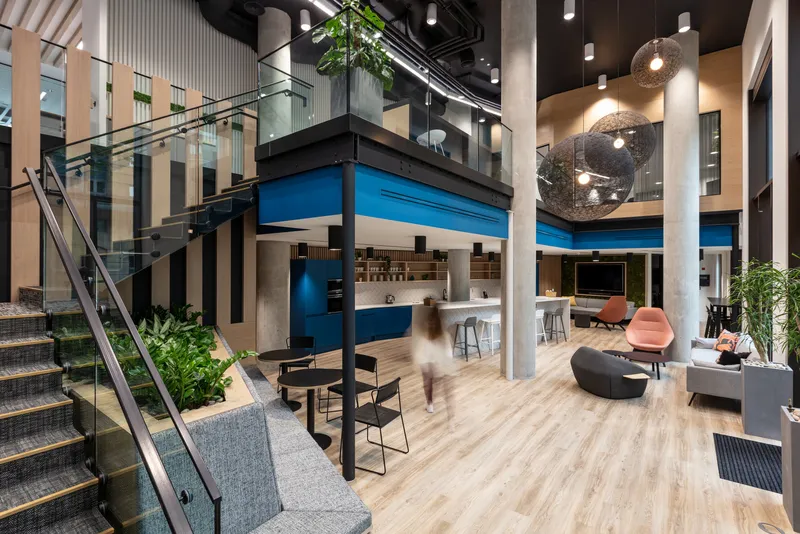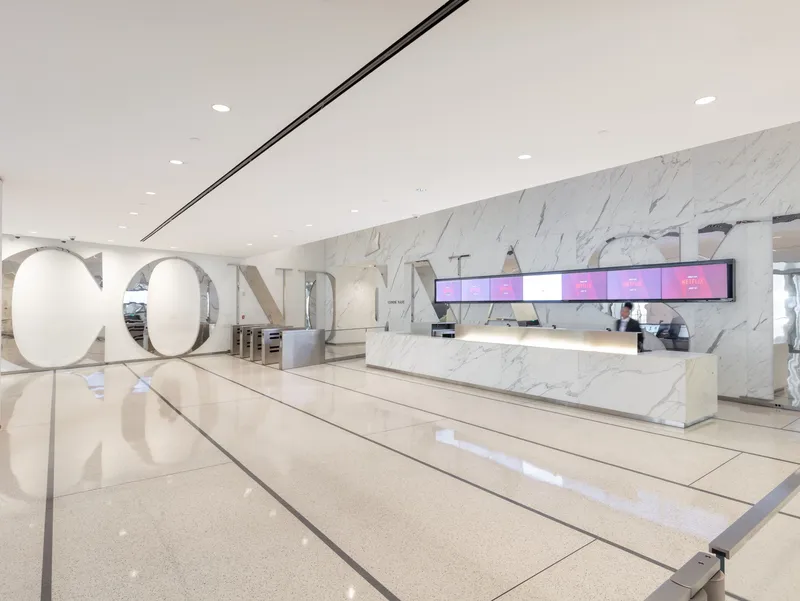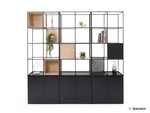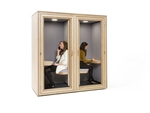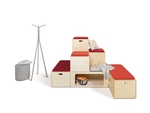May 15, 2020
Industry Trends
As COVID-19 forces everyone into their home office, teams are having to make collaboration and rapid innovation as effective in the virtual environment as it was in the physical workplace. Everyone is missing being physically together; it’s an essential need of human nature. Everyone is craving that sense of community. Or can this be replicated virtually? Can the same level of human connection be felt in a virtual setting? And can the same levels of creativity and innovation be achieved?

The workplace return is imminent, and in some regions, it’s already beginning to happen. Everyone is curious as to how the user experience will change, and what the reasons will be for people actually going to the workplace, having now proved that working from home works. The workplace will still have its place as the physical environment that forms the tangible nucleus of a company’s identity, and the foundational platform upon which to build the communal experience that’s unique to the brand. As people begin to spend less time in the workplace, this experience will only become more intense and memorable, as employees are drawn to the company’s cultural community, they engage with the brand and are reconnected to the company’s vision, and to their individual purpose.

Human interaction goes beyond verbal communication; there’s a human nuance you get from a face-to-face meeting. We read each others’ reactions and responses through body language and other non-verbal behaviours that might be difficult to grasp in a virtual environment. In a recent panel discussion with Spacestor, Rob Atkinson, a senior associate at IA Interior Architects, referred to these as ““subtleties that we as humans have been processed and evolved to understand. That forms the basis of our relationship network”. The question of whether virtual socialisation can replicate this physical experience is a well debated one. So many people are voicing their experience of the current situation, and there are many advocates of the idea that virtual socialisation cannot replicate the physical experience. It’s clear they certainly don’t enjoy the virtual substitute, at least. For example:
“I believe that the distraction of call participants’ home décor, the marauding talker-overer and intermittent broadband, experienced on such a concentrated basis during this forced separation, will convince even the most ardent homeworking advocate that meaningful physical connection is critical to business, which will ultimately be accretive to the long-term value of offices and the role they play in our lives, once we get through this horrible time together.” Ed Betts, Co-Head of West End Offices at Savills
“Perhaps we will recognise that social cohesion cannot be wrapped up in an app or achieved with a double tap. That purposeful connection needs human-to-human presence to flourish. And that the power of convening rests in the individual, in each one of us, not online.” Basil Demeroutis, managing partner at FORE Partnership
“What we may take away from this long period of enforced solo employment is how much of our job satisfaction is derived from the friendship of our workplace. When it’s over, many of us will want to be back in the room, not on Zoom.” Carolyn Hitt - Wales Online

Rob Atkinson also believes that the effectiveness of virtual collaboration is “largely dependent on the quality of the relationships you have. Those relationships are developed over a period of time, and they don’t just take place virtually.” So, for example, if a company was hiring a new team member, they want the company’s culture to become fully ingrained in them which requires a high level of brand engagement. As Philippe Paré, managing director of Gensler France, said in a recent panel discussion, “it’s very tricky hiring new people if they don’t have that anchor to maintain or foster a great culture, and if the tools aren’t there for them to really understand it and experience it. As we start to look at the future where more of the work happens remotely, at the same time we have to be mindful that culture is not lost or diverted.” And according to a 2019 Glassdoor multi-country survey, 75% of employees pay close attention to a company’s culture before applying for a job. And 56% went further to say that culture is more important than salary. So, in relation to hiring new people, the workplace is essential for building culture and community. Phlippe Paré said he sees “the workplace as continuing to be the accelerator of a company’s culture”.

On the other hand, whilst this may be true for the early stages of a working relationship, speaking from the perspective of a multinational company working across many different locations, they are likely to be well experienced in collaborating in this manner due to distance setting team members physically apart. Adrienne Rowe, global director of workplace strategy at Merck, also on a recent Spacestor panel, gave an experienced view, “we’re already innovating from a distance, whether from home or overseas, we’ve been doing this type of thing for a long time, now we have to really formalise it; put the processes in place so that we’re not reliant on co-location for innovation but that we’re good at doing it across distances.” So this subject is very context-dependent, not only in relation to the type of company and its regions, but particularly in relation to the people involved and the quality of the relationships that exist between them.
We may perhaps see the effects of increased use of virtual collaboration platforms yield accelerated technological development attempting to digitally replicate the physical experience of a human interaction. Basil Demeroutis also predicted that “people will lean hard into social networking and online business tools to truly become digital nomads, and in a virtuous circle, this may accelerate the development of these things that we have been dabbling with for a decade or more.” The critical point to understand is that a future of distributed work suggests that teams are less likely to all be present in the same physical space to collaborate at any one time. So, workplaces need to build a strategy to fully integrate the virtual environment into the physical workspace to ensure an inclusive and equal user experience.

A final point to raise to challenge the value of virtual socialisation, is in relation to the spontaneous, collaborative moments that are the product of an unintentional social meeting, often referred to as ‘water cooler moments’. Technology is capable of providing for the intentional collaboration; bringing the right people together at the right time in a virtual space to have a specific discussion. However, there is currently no known form of technology that is capable of replicating this, but would it ever be possible? The physical workplace is the only catalyst of these types of collaboration, and it’s these social collisions that often form the most creative and innovative ideas. As Andy Swann, author and founder of MAT Studios, said “great ideas come from perspectives overlapping, if you don’t have those casual points of conversation where two people, who may be within different teams, have the opportunity to just have a casual conversation where something might be sparked, that’s quite a big risk”. So perhaps we could make an informed prediction that this will rise in importance in the workplace, and become a key purpose for bringing people together in a physical space. Further to this, Philippe Paré was speculating that the workplace will become a place you go “precisely to collide with your colleagues, and that’s orchestrated in a way that makes the experience as intense as it can be, and you get your fixof culture and socialisation and forging those bonds that then allow you to efficiently collaborate in a virtual manner.”
So, to briefly conclude: virtual collaboration can be effective to a certain degree, however it’s largely dependent on the quality of the relationships that exist between those participating, it’s obvious that not many are enjoying the virtual substitute of human connection in the current climate, and a virtual environment is incapable of replicating, or providing for, spontaneous collaboration.
Share this article
